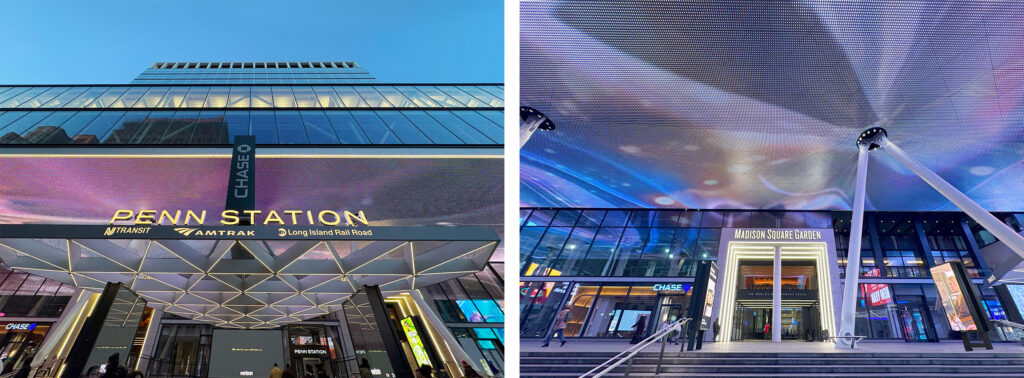Today’s Architectural Design Delivers Increased Approachability and Connections to History
Some of the latest innovations from architects will be reflected in a wide array of new office towers, flagship stores, and historic landmark restorations that will be completed soon in New York. In addition to recognizing “ a sense of place simply because of the warm nostalgia people feel toward other eras” created by historic buildings, and the importance of “connecting people who live in New York City today ‘to the area’s history,’” architects are increasingly incorporating designs across all property types to create more approachable spaces, by shifting from the more utilitarian designs in the recent past to ones that reflect the beauty of things.
- 270 Park Avenue – the new 70-story tower under construction in Midtown Manhattan was designed to create a timeless addition to Park Avenue in its celebration of the” city’s iconic architectural history,” while serving as a “powerful symbol for the next generation of office towers in New York” according to London-based architectural firm Foster & Partners. The new home of the U.S. headquarters for JPMorgan Chase will house about 14,000 employees, serving as a statement that “the office is here to stay.” The building’s design includes a large public plaza that will also provide an outdoor space for employees to decompress and recharge; and an “innovative fan-column structure” makes the building, appear to float above street level despite the massive size of the structure.
- 125 Greenwich Street – the mixed-use development in Lower Manhattan dubbed The Greenwich incorporates slightly curved corners along the sides of the building creating “the impression of looking through a camera lens” when inside a residential unit, while adding elegance to the structure’s overall appearance according to Jim Herr, a principal at Rafael Viñoly Architects
- 271 Eleventh Avenue – the historic building located in Chelsea at one time had train cars running through the length of the ground floor carrying freight unloaded from ships dock along the Hudson River. The architects at CookFox incorporated a major design feature that provided a connection to Manhattan’s freight-railroad era. As part of the redevelopment of the building the ground floor was transformed into the main pedestrian corridor for tenants. Through adaptive reuse, the train tracks remain visible through a glass-covering providing “windows into the past” as tenants traverse through the corridor. Dating back to 1891, the former warehouse now features an interior courtyard created by removing a major section of the building’s center core.
- Penn 2 – Located in one of Manhattan’s busiest areas, redevelopment of the 1.8 million-square-foot building involved the “renovation of the original, mid-century modern office building, the construction of a new office building with a canopy-covered entrance spanning the entire 7th Avenue block-front [between 31st and 33rd Streets], and the reorganization and improvement of separate entrances to Madison Square Garden and Penn Station that had to remain open during construction. An LED lighting display within the canopy called the Bustle, transforms the plaza below it into a magical space according to MdeAS architect and principal Mike Zaborski.
- JFK Airport Terminal 6 – construction being completed in phases will deliver a redesigned terminal that according to Barry Yanku, the aviation studio director at architect firm Corgan, was inspired by modern dance. Placing an emphasis on travelers’ comfort and safety, the designers considered what the space would feel like and created special moments along the way through its soaring roof blades and triple-height volumes, angled balconies and quieter, intimate holding rooms.
- Freshkills Park – the multi-phase transformation of the largest landfill in New York City will create a 2,200-acre park on Staten Island showcasing “its unusual combination of natural and engineered beauty, including creeks, wetlands, expansive meadows, and spectacular vistas of the New York City region according to architect firm Field Operations. Upon completion, the new park set to be three times larger than Manhattan’s Central Park will add to the area walking and biking trials, green space, public event spaces, and a galvanized-steel, wildlife-viewing tower. In addition, an artificial ridge running the length of the park creates a visual impact as well as assisting with stormwater runoff.
